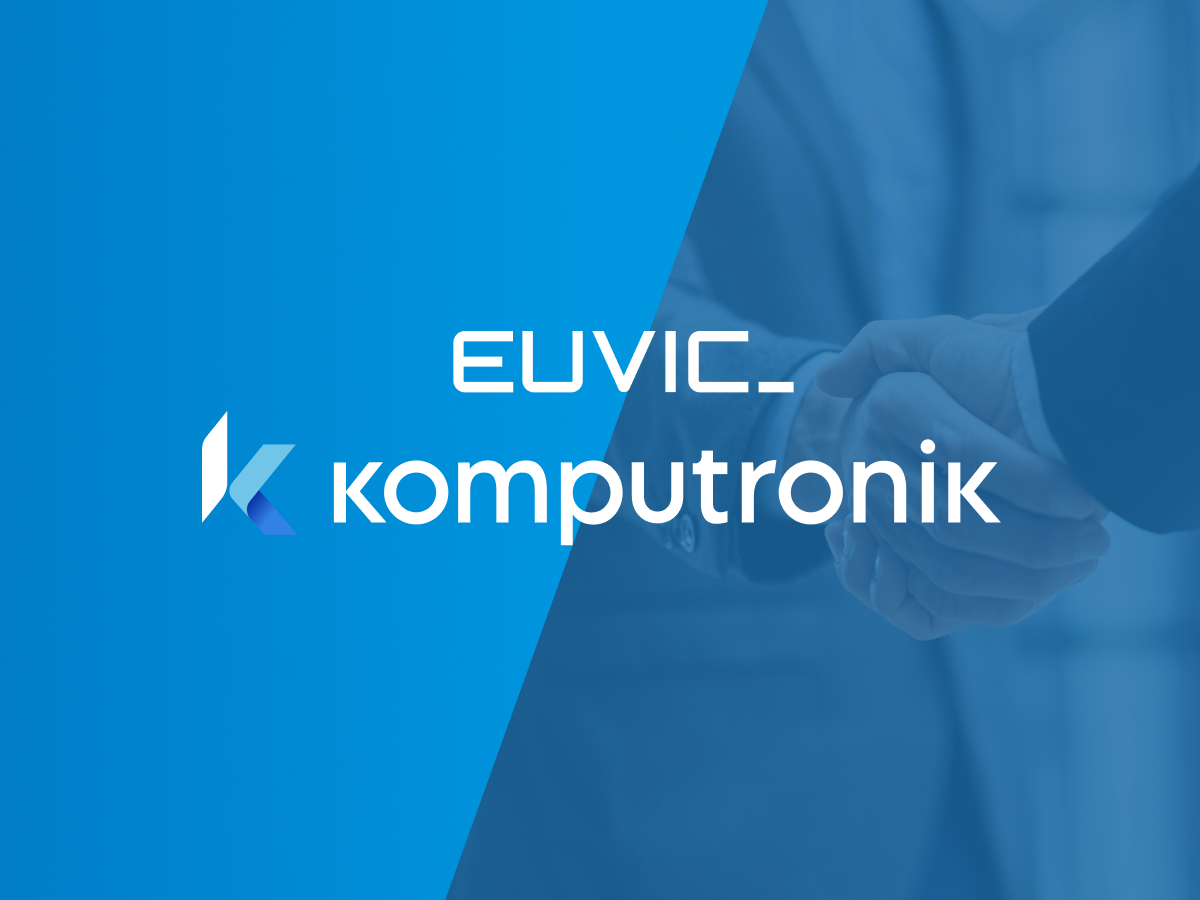Highlights
Are you facing the complexities of managing your organization’s IT assets in today’s rapidly evolving digital landscape? How can you enhance the usage of assets, ensure adherence to regulations, and reduce security vulnerabilities? By embracing thorough IT Asset Management (ITAM) procedures, you can amplify the efficiency and value derived from your technology investments.
The domain of IT Asset Management is in a constant state of flux. Nowadays, organizations possess an extensive array of IT assets, ranging from servers and laptops to software applications and cloud-based services. The effective management of these assets has grown increasingly intricate, given their ever-expanding range and the necessity for seamless integration. Consequently, organizations find it challenging to maintain oversight and authority over their IT assets, hindering their capacity to optimize asset usage and lessen vulnerabilities. To tackle these hurdles, the adoption of all-encompassing ITAM practices has become an absolute necessity.
Common Challenges in IT Asset Management
In the world of IT Asset Management, organizations grapple with several recurring issues:
- Inventory Blind Spots: Many struggle to maintain accurate IT asset lists and track lifecycles, hindering their ability to identify underused assets, plan upgrades, and allocate resources efficiently.
- Compliance & Licensing Hurdles: Non-compliance with licensing agreements can lead to costly penalties and legal woes. Navigating licensing complexities, monitoring usage, and adhering to terms is vital to avoid such risks.
- Resource Limitations: Organizations often deal with staff, expertise, and budget constraints, which hinder effective ITAM practices, impacting resource allocation and proactive asset management.
- Security & Data Protection: In the face of evolving cyber threats, robust asset management is essential to safeguard sensitive data and mitigate security risks. This includes proactive maintenance planning to avoid security gaps.
Impact of Inefficient IT Asset Management
Inefficient IT asset management can result in:
- Increased costs due to redundant assets, reducing profitability.
- Compliance risks, leading to financial penalties and reputation damage.
- Productivity loss from outdated assets.
- Security vulnerabilities, risking data breaches and cyber attacks.
Strategies for Effective IT Asset Management
In order to address the challenges in IT Asset Management, organizations have the option to employ the following approaches:
- Centralized asset monitoring and inventory control: By maintaining an up-to-date inventory database, organizations can gain real-time insights into their IT assets, allowing for efficient asset lifecycle management and tracking.
- Proactive management of licenses and compliance: Organizations can stay compliant with licensing agreements, avoid penalties, and make informed decisions by conducting regular audits, monitoring license usage, and optimizing license allocation.
- Effective asset lifecycle management: Optimizing asset performance, minimizing downtime, and mitigating risks associated with outdated assets can be achieved through strategic planning, routine maintenance, and timely asset retirement.
- Comprehensive Security Protocols: Enforcing security measures such as access controls, encryption, regular security updates, and vulnerability assessments aids in the protection of sensitive data and guards against cyber threats.
The Role of Automation and Data Analytics
Automation and data analytics are key to efficient IT Asset Management. By using automation tools, you can simplify asset discovery, inventory management, and software license tracking, saving time and resources. Meanwhile, data analytics offers insights into asset usage and license optimization, facilitating data-driven decisions and maximizing IT investments.
ITAM Outsourcing
Effective IT Asset Management is essential for thriving in the digital age. Our leading IT company specializes in comprehensive solutions. Partner with Euvic to streamline asset tracking, enhance compliance, and unlock your IT assets‘ full potential.










